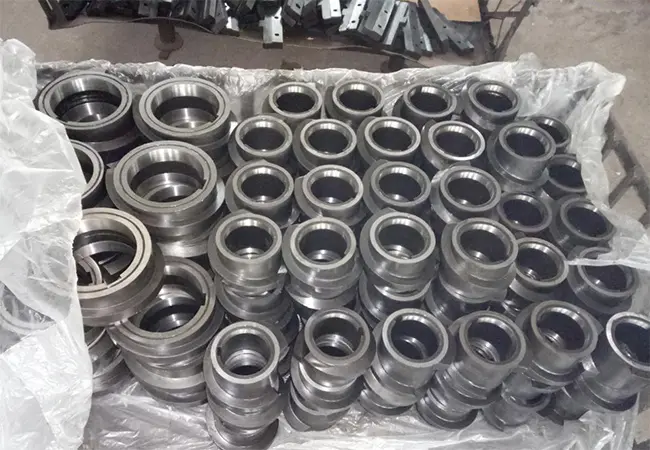dec . 31, 2024 16:22 Back to list
Refined Soybean Oil Production Process and Quality Standards Analysis
Understanding Refined Soybean Oil The Product and Its Applications
Soybean oil is one of the most widely consumed vegetable oils worldwide, derived from the seeds of the soybean plant (Glycine max). Its versatility and health benefits have made it a staple in cooking and food production. When we delve into refined soybean oil, we explore not only its production process but also its diverse applications and significance in various industries.
Refining Process
The refining of soybean oil is a critical process that improves its quality, stability, and shelf-life. Raw soybean oil has a strong flavor and can contain impurities, free fatty acids, and phospholipids that affect its usability. The refining process typically involves several stages degumming, neutralization, bleaching, and deodorization.
1. Degumming This initial step involves removing phospholipids and gums using water or acid. It prepares the oil for further purification. 2. Neutralization After degumming, the oil undergoes neutralization to eliminate free fatty acids, which can impart an undesirable taste. This is achieved through an alkali solution, typically sodium hydroxide, which reacts with the free acids to form soap that can be easily separated.
3. Bleaching In this stage, the oil is treated with bleaching agents like activated carbon or clay to remove color pigments, oxidation products, and other impurities, resulting in a lighter oil.
4. Deodorization Finally, deodorization involves heating the oil under vacuum conditions to remove volatile compounds that contribute to odor and flavor, ensuring a neutral taste that is ideal for a variety of culinary uses.
The outcome is refined oil that is light in color, flavorless, and odourless, making it an ideal cooking oil
.soybean oil refined unit product

Nutritional Value and Health Benefits
Refined soybean oil is rich in polyunsaturated fats, including omega-3 and omega-6 fatty acids, which are essential for human health. These fatty acids play a crucial role in reducing cholesterol levels and preventing heart disease. Additionally, soybean oil contains vitamin E, a powerful antioxidant that helps protect cells from oxidative stress.
However, it is essential to consider the balance in fat intake; while soybean oil is beneficial in moderation, an excessive intake of omega-6 fatty acids relative to omega-3s can lead to inflammatory issues. Therefore, it is advisable to consume a variety of oils to maintain a balanced fatty acid profile.
Culinary and Industrial Applications
Refined soybean oil is favored in both domestic kitchens and commercial food production due to its high smoke point (approximately 450°F or 232°C), which makes it suitable for frying and baking. It is widely used in the production of margarine, salad dressings, and processed foods, thanks to its ability to blend well with other ingredients.
Beyond the culinary realm, refined soybean oil has significant industrial applications. It serves as a key ingredient in the production of biodiesel, bio-lubricants, paints, and cosmetics. Its environmentally friendly properties are attracting attention as industries seek sustainable alternatives.
Conclusion
In summary, refined soybean oil is a versatile and essential product with numerous applications across various sectors. Its refining process enhances its quality, making it suitable for a wide range of uses, from cooking to industrial applications. With its health benefits and growing importance in sustainable development, soybean oil continues to be a valuable commodity in the global market. As consumers become more aware of the healthfulness of their food sources, refined soybean oil proves to be a vital ingredient that meets both culinary needs and environmental considerations.
-
Food Oil Refined Unit Companies: Leading Manufacturers & Exporters
NewsAug.23,2025
-
Expert Oil Filter Machine Service & Solutions | Quality & Reliability
NewsAug.22,2025
-
LZY-206 Double Screw Cold Oil Press – Maximize Yield, Preserve Nutrients
NewsAug.21,2025
-
Efficient Black Seed Oil Expeller & Multi-Seed Oil Press
NewsAug.19,2025
-
HP 120 Model Cold Oil Press-Hebei Huipin Machinery|Energy Efficiency, Multi-Functionality
NewsAug.18,2025
-
HP 120 Model Cold Oil Press-Hebei Huipin Machinery|Oil Extraction, Multi-Functional
NewsAug.18,2025
